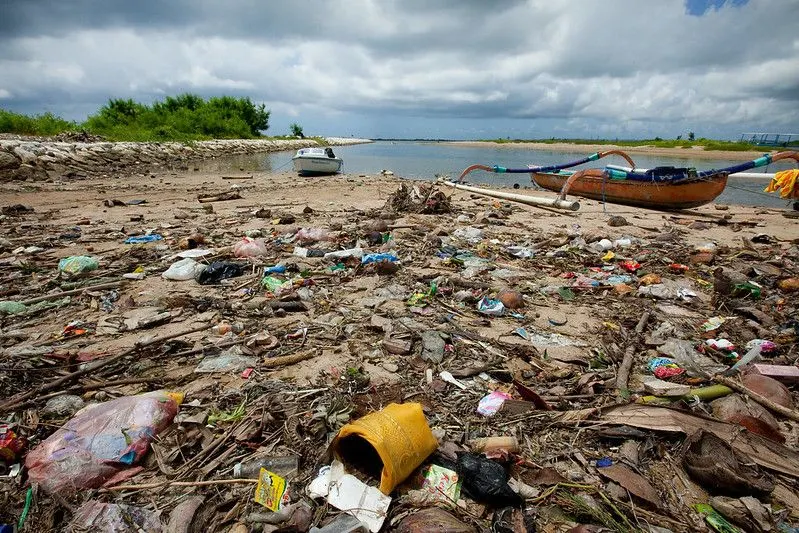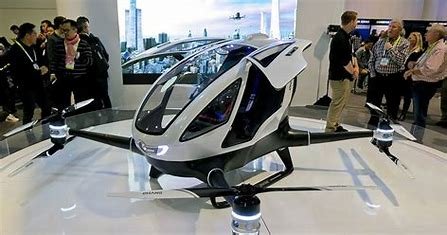In recent years, the convergence of robotics, artificial intelligence (AI), and wearable technology has given rise to the concept of human drones—a transformative innovation where humans operate as an integral component of a drone system. This concept transcends traditional drones, typically seen as standalone machines, and places humans in direct collaboration with advanced autonomous systems, merging human intuition and mechanical precision. Human drones are revolutionizing industries such as logistics, defense, healthcare, and entertainment, while raising significant ethical and societal considerations.
The Evolution of Drone Technology
Drones, or unmanned aerial vehicles (UAVs), were initially developed for military reconnaissance and weapon delivery. Over time, advancements in sensor technology, AI, and miniaturization have expanded their applications into civilian domains, including aerial photography, agriculture, and delivery services. However, these machines often operate independently or are remotely controlled by operators, creating a divide between human input and autonomous capabilities.
The introduction of human drones bridges this gap, integrating human capabilities directly into drone systems. By equipping individuals with wearable devices, jetpacks, or robotic exoskeletons enhanced by AI, human drones allow for greater adaptability and efficiency. This hybrid system combines the human brain’s ability to adapt and make critical decisions with the drone’s mechanical strength, speed, and precision.
Applications of Human Drones
1. Search and Rescue Operations
One of the most promising applications of human drones is in disaster response. Natural calamities such as earthquakes, floods, and wildfires often require rapid deployment of rescue teams to navigate hazardous environments. Human drones equipped with lightweight jetpacks or robotic wings can access areas where traditional vehicles or standalone drones may struggle.
Rescuers enhanced with drone technology can carry supplies, perform reconnaissance, or extract victims from dangerous zones. For instance, a human drone equipped with thermal imaging sensors can identify survivors trapped under rubble, while the operator uses their intuition and real-time data analysis to prioritize rescue efforts.
2. Logistics and Delivery
In logistics, the combination of humans and drones is redefining last-mile delivery. While autonomous drones can efficiently transport packages, they face challenges in urban environments, such as avoiding obstacles and navigating crowded areas. Human drones can address these limitations by merging the drone’s carrying capacity with the operator’s spatial awareness and decision-making.
Companies experimenting with drone delivery systems, like Amazon and DHL, could employ human-drone hybrids to handle delicate or high-value goods, ensuring safe and timely delivery. Additionally, in remote or inaccessible regions, human drones can bridge the gap by carrying critical supplies like medicines or food to those in need.
3. Military and Defense
Human drones hold significant potential in defense, where agility and adaptability are critical. Soldiers equipped with drone-powered exoskeletons or jetpacks can move across difficult terrains, conduct reconnaissance missions, or perform targeted strikes.
The collaboration of humans and drones enhances situational awareness, as soldiers can analyze drone-captured data while maintaining control of the operation. Furthermore, these systems can reduce risk by enabling soldiers to operate from safer distances while still being actively engaged in missions.
4. Healthcare and Emergency Services
In the healthcare sector, human drones can revolutionize emergency medical response. Paramedics equipped with drone technology can quickly reach accident sites, bypassing traffic or geographical barriers. For instance, a human drone could carry a defibrillator or other life-saving equipment to a cardiac arrest patient in minutes, potentially saving lives.
Additionally, these systems can assist in telemedicine, where remote doctors guide paramedics equipped with augmented reality (AR) interfaces integrated into their drone systems. Such innovations ensure faster, more efficient care in critical situations.
5. Entertainment and Sports
The entertainment industry is also exploring the potential of human drones. Stunt performers, aerial acrobats, and extreme sports enthusiasts use drone-powered suits or jetpacks for thrilling performances that were once considered impossible. These devices allow for unprecedented creative freedom, enabling individuals to perform aerial feats with precision and safety.
In sports, drone-enhanced athletes could participate in new competitive formats, merging physical ability with technological innovation. Human drones are also being explored for immersive spectator experiences, where operators provide real-time, first-person perspectives of live events.
Challenges and Ethical Considerations
While the potential of human drones is immense, their integration into society raises several challenges and ethical concerns.
1. Safety and Reliability
The safety of human drones is paramount. Malfunctions in hardware or software could result in serious injuries or fatalities, especially in high-risk scenarios. Rigorous testing, robust fail-safe mechanisms, and regulatory oversight are necessary to ensure reliability.
2. Privacy and Surveillance
As human drones become more prevalent, concerns about privacy and surveillance intensify. The ability to equip drones with advanced cameras and sensors creates the potential for misuse, such as unauthorized monitoring or data collection. Striking a balance between functionality and ethical use is essential.
3. Accessibility and Cost
The high cost of human drone technology may limit its accessibility to wealthy individuals or organizations, exacerbating existing inequalities. Developing affordable solutions and promoting widespread access will be crucial for equitable adoption.
4. Job Displacement
Automation and drone technology have already raised concerns about job displacement. The integration of human drones could further disrupt traditional roles in industries like logistics and transportation. Policymakers must address these disruptions through workforce reskilling and support.
The Future of Human Drones
The development of human drones represents a significant step toward the fusion of human and machine capabilities. As technology advances, these systems will likely become more sophisticated, affordable, and widely adopted. Innovations in AI, battery technology, and lightweight materials will enhance the performance and efficiency of human drones, making them indispensable in various sectors.
Collaboration between governments, private companies, and research institutions will be essential to ensure the responsible development and deployment of human drones. Establishing clear regulations and ethical guidelines can mitigate risks while maximizing benefits.
Conclusion
Human drones are a testament to humanity’s ingenuity and drive to push technological boundaries. By combining the adaptability of humans with the precision of drones, this hybrid system offers transformative possibilities across industries. However, as we embrace this innovation, it is vital to address its challenges and ethical implications to ensure a future where technology serves humanity’s best interests.
The age of human drones is upon us, and it has the potential to redefine how we interact with technology and the world around us. With careful planning and ethical foresight, human drones can become a cornerstone of a safer, more efficient, and interconnected future.
Internal Link:- ragdi







